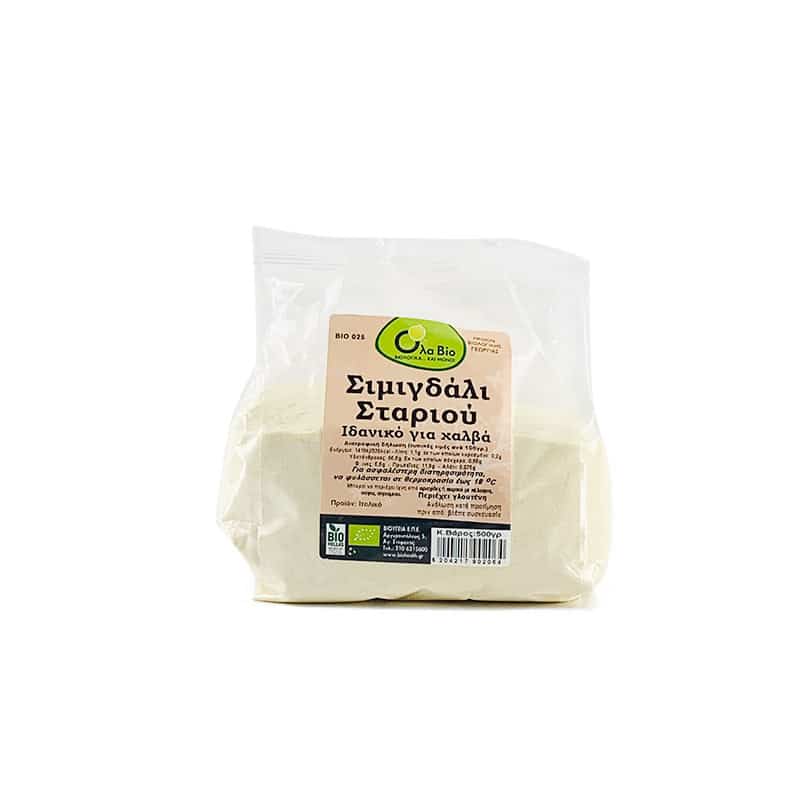The semolina produced by milling durum wheat is yellow in colour due to the presence of natural pigments (carotenoids).
It is used for the production of products with low moisture content, i.e. dry products, e.g. pasta, couscous. Couscous is made by mixing semolina and yellow durum wheat flour in a 2:1 ratio.
When the semolina is light yellow in colour, then soft wheat has been used in addition to durum wheat. A well-known dessert made with semolina is halvah, to which butter and almonds are added.
Two types of semolina are used in the bakery and confectionery market: fine and coarse semolina.
Each form is intended for different preparations, e.g. fine for creams, coarse for halvah. Fine semolina is used in the manufacture of products such as rhubarb, creams, milk pudding, homemade pasta, gingerbread and semolina bread.
Semolina flour is used in the production of halvah, nut pies, samali, trahanas and rhubarb.




